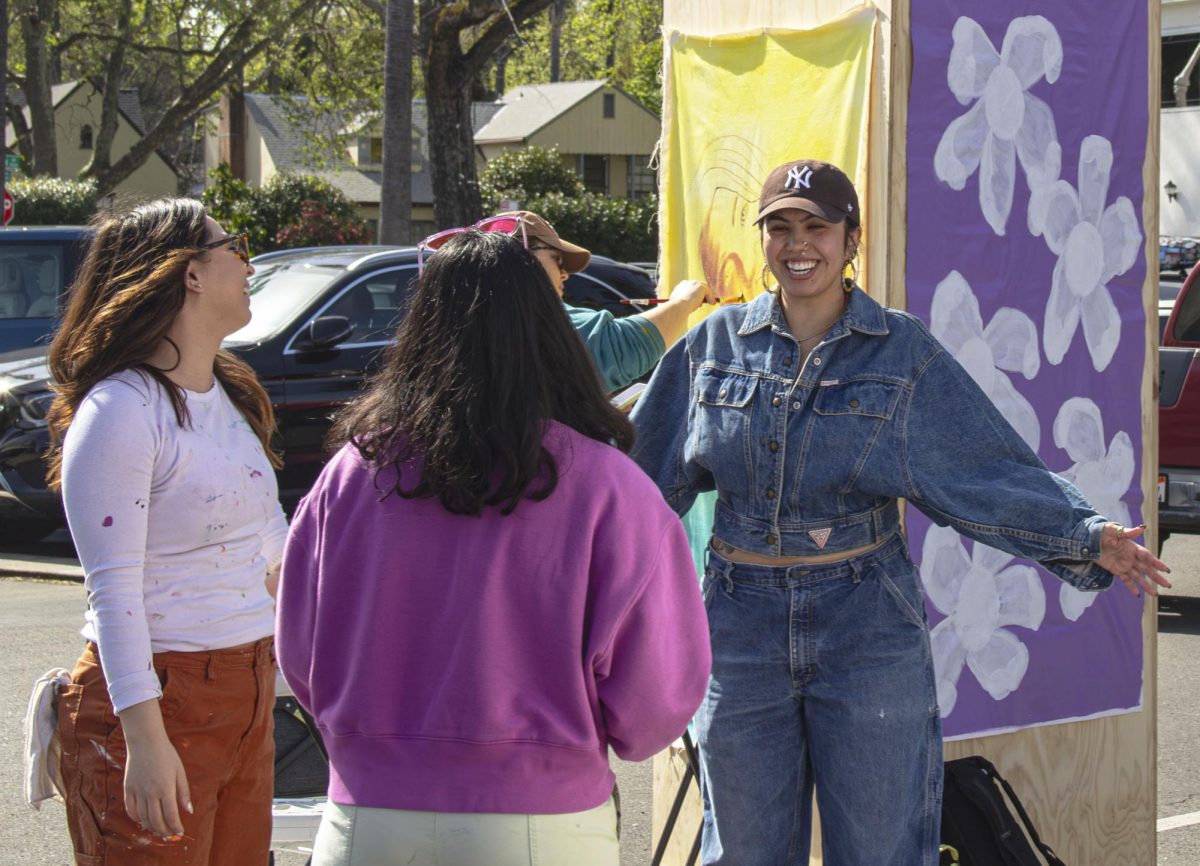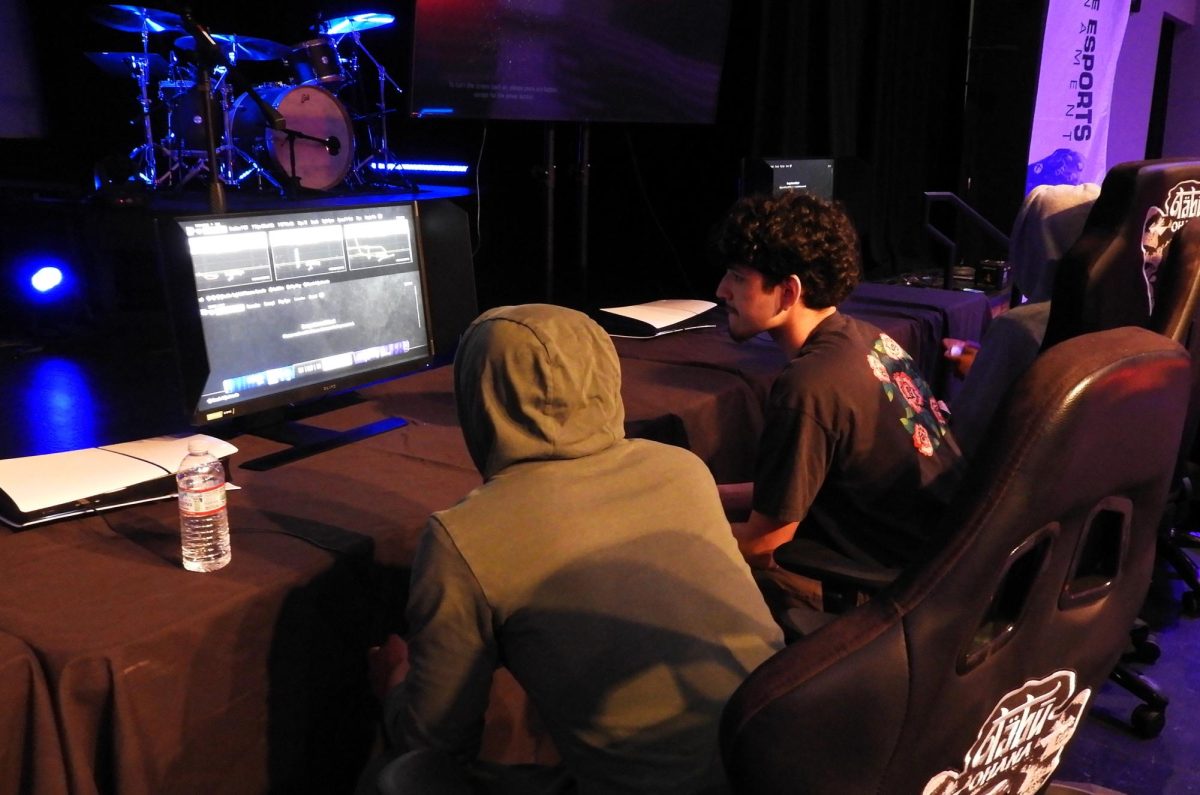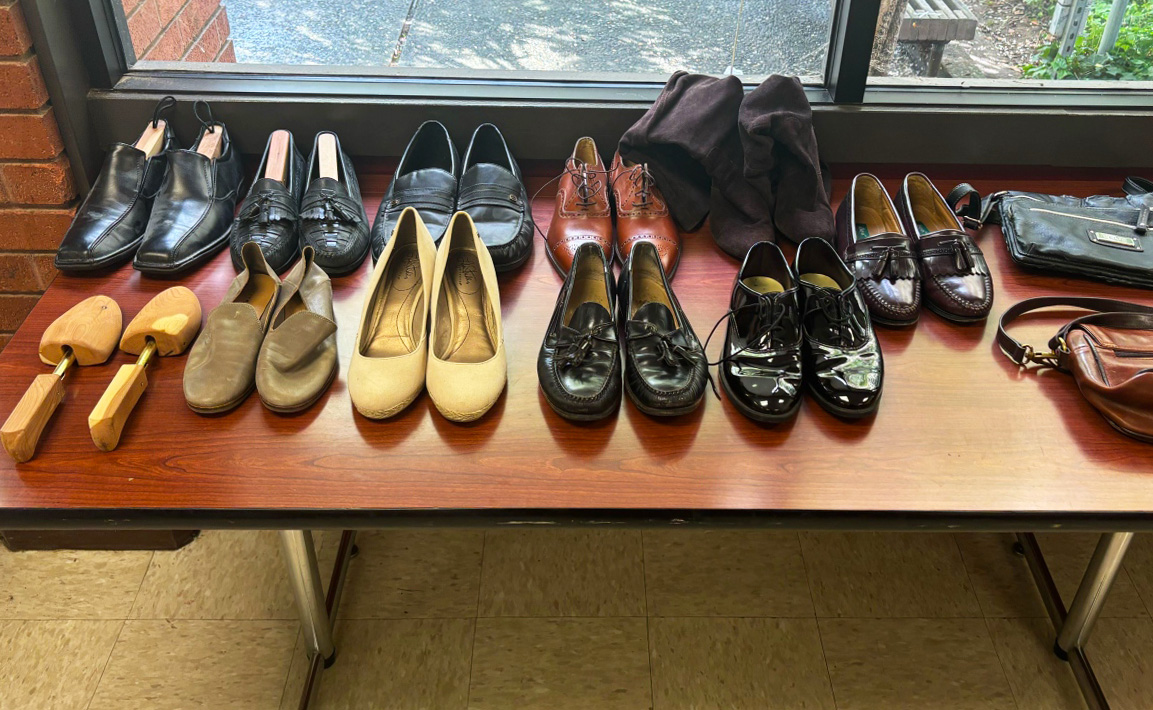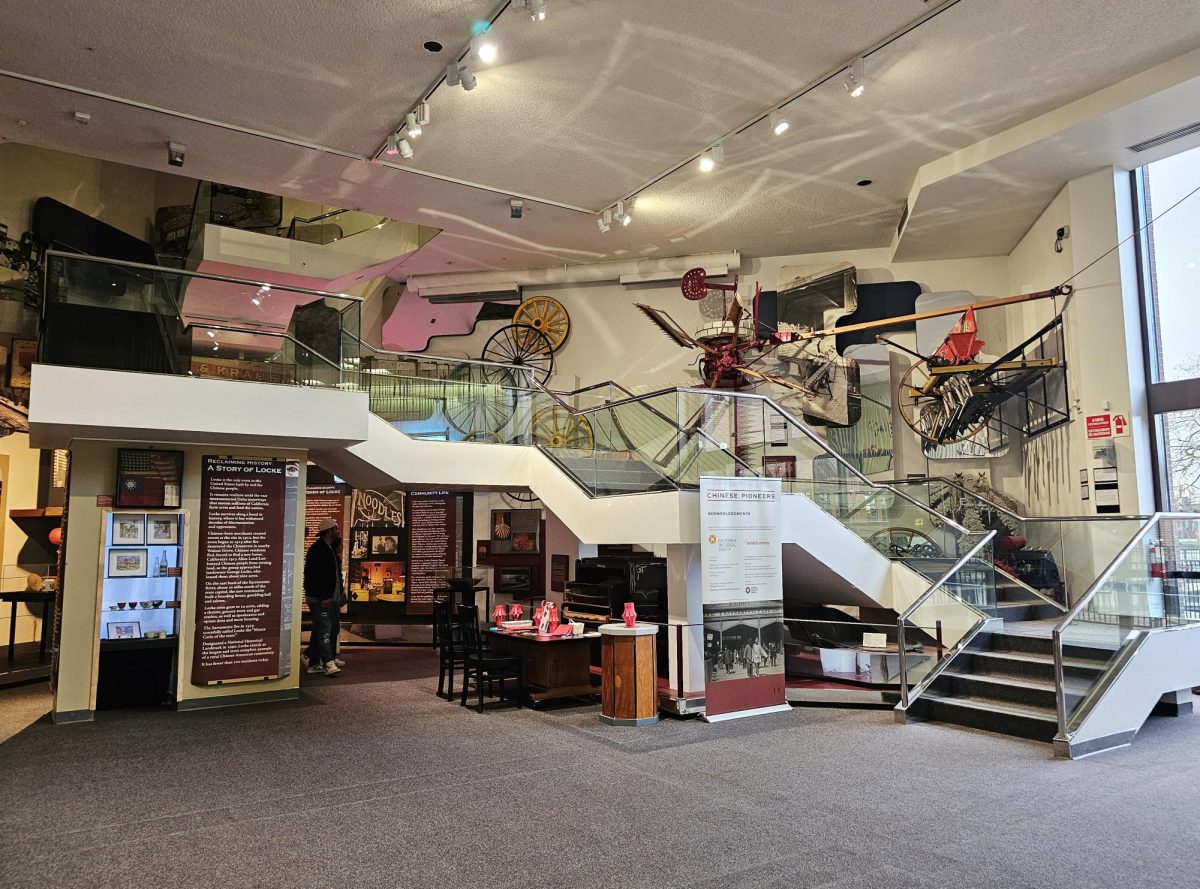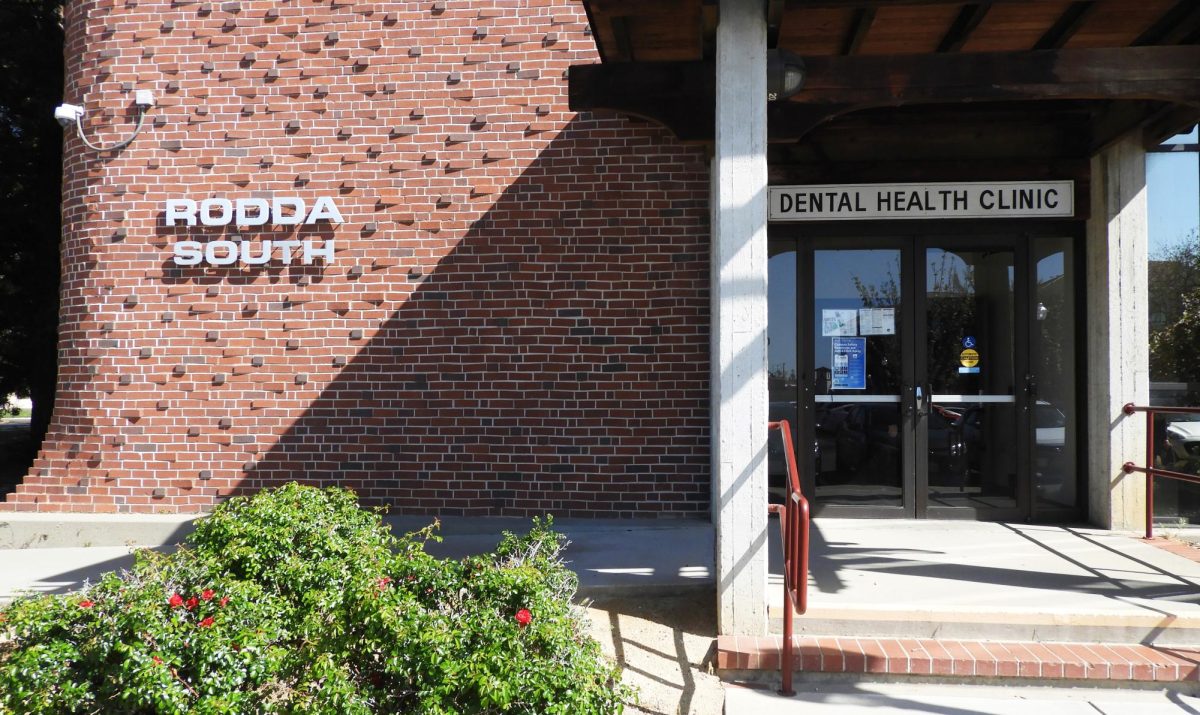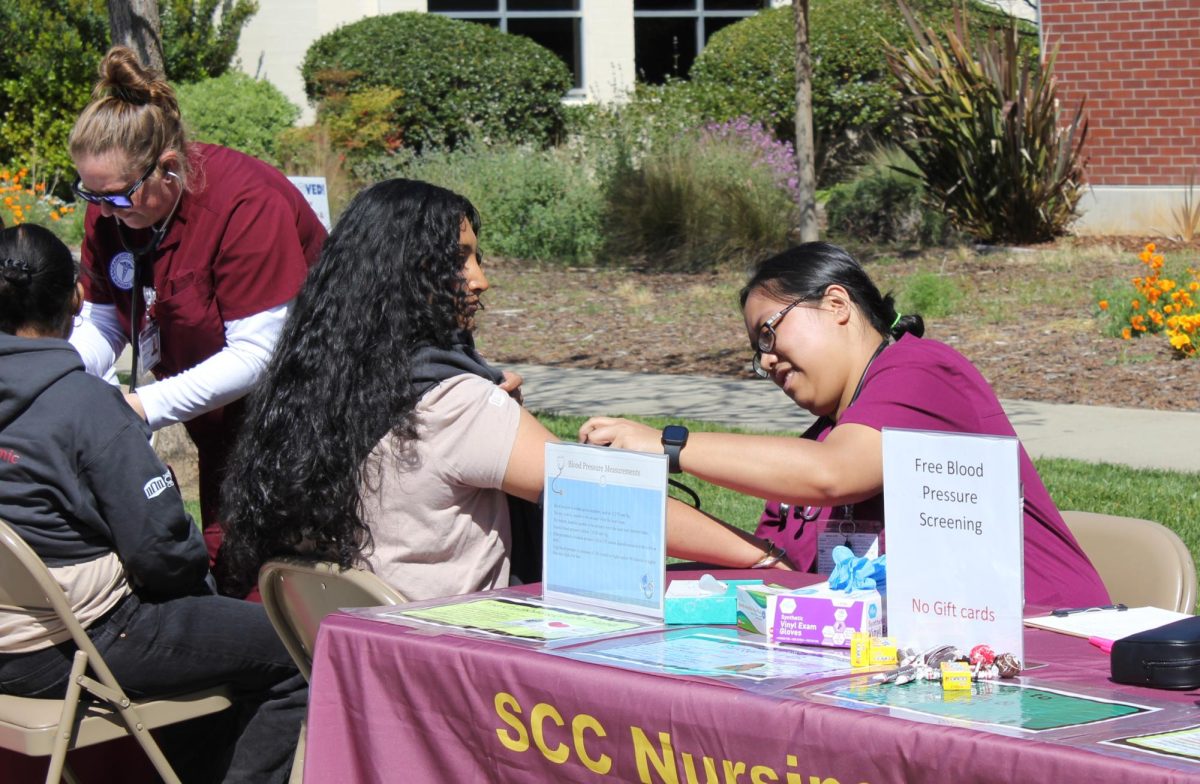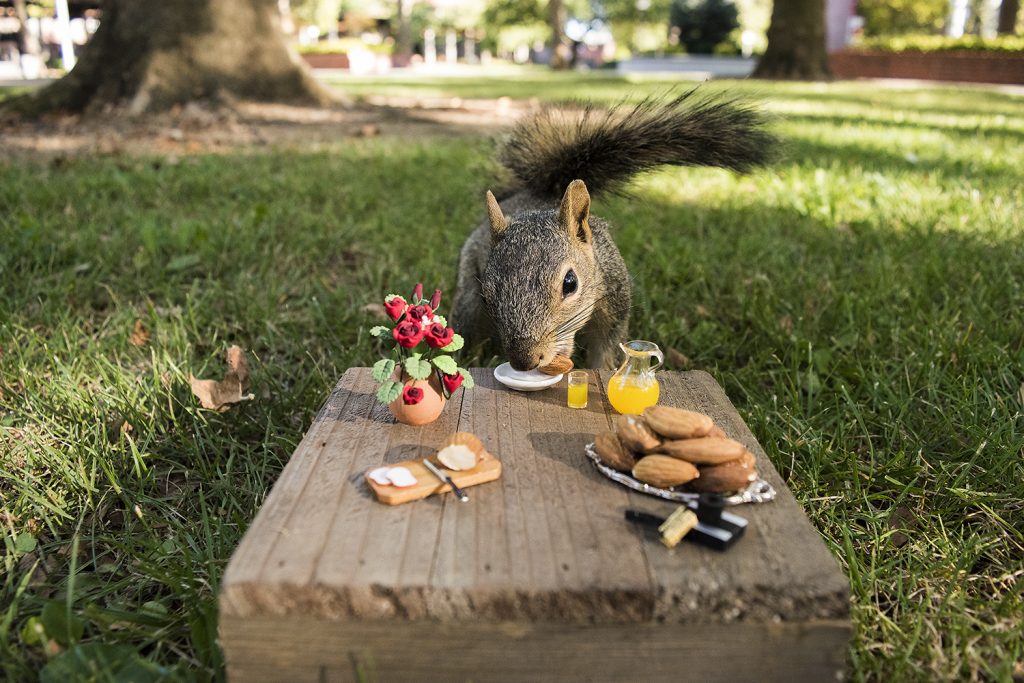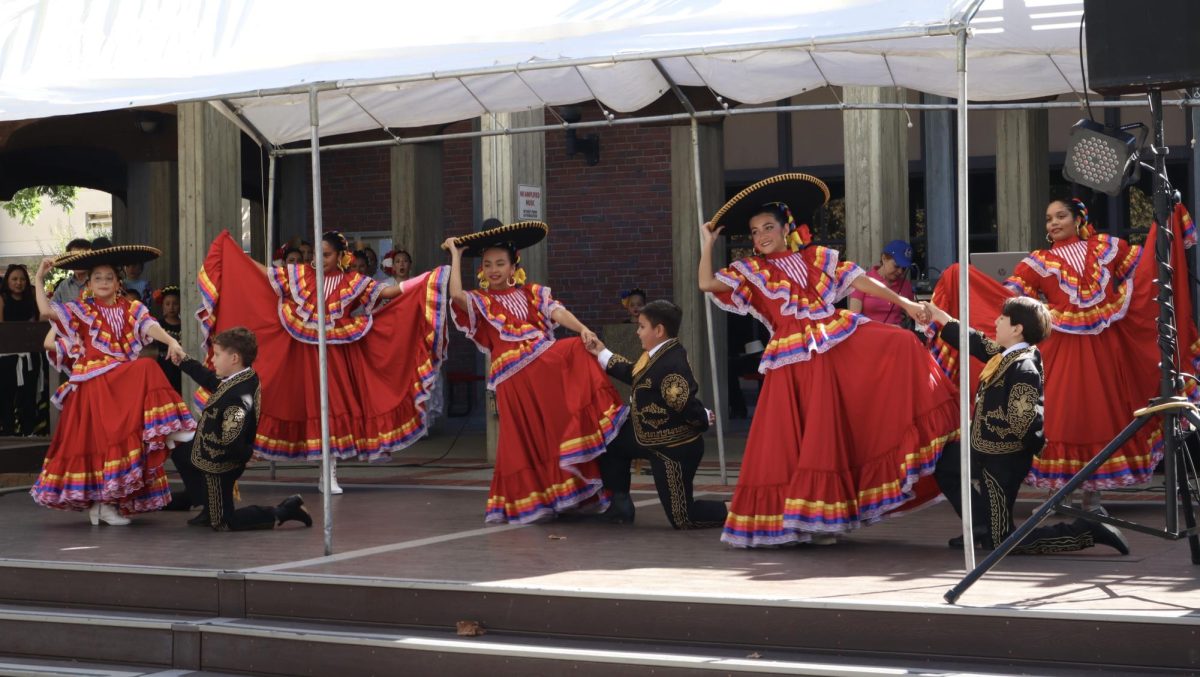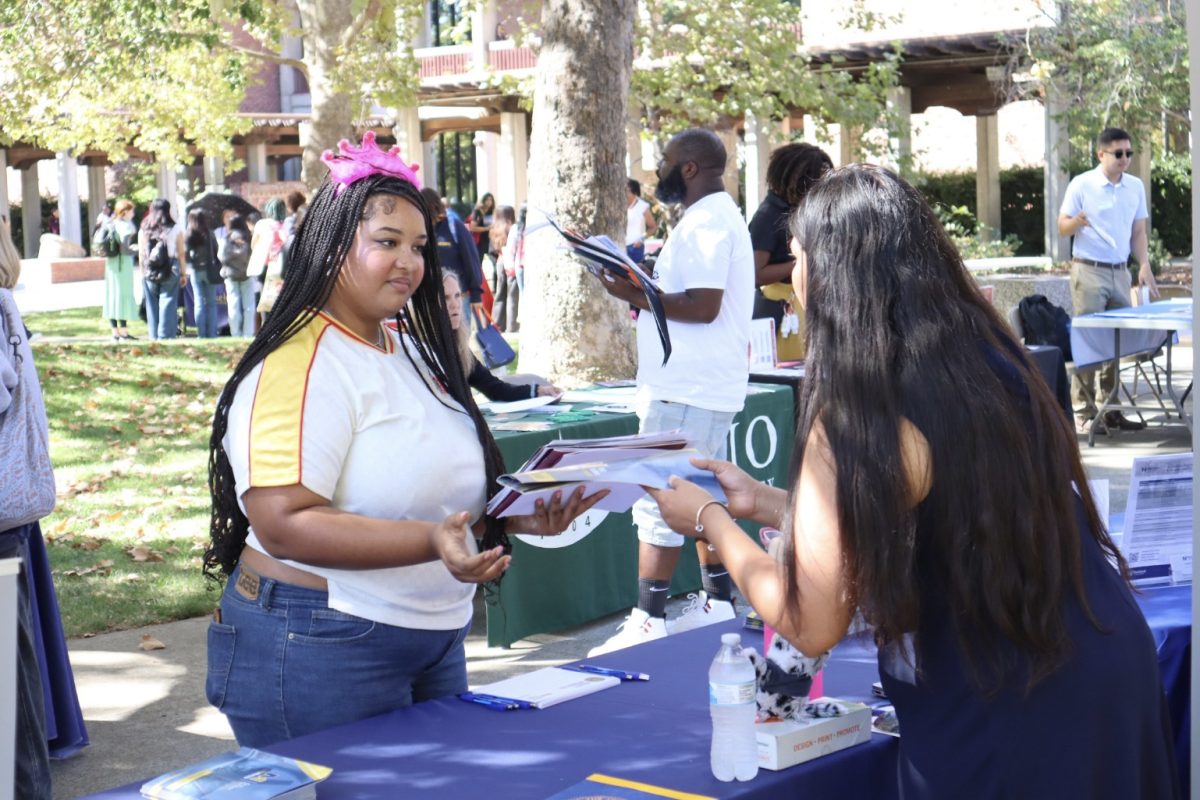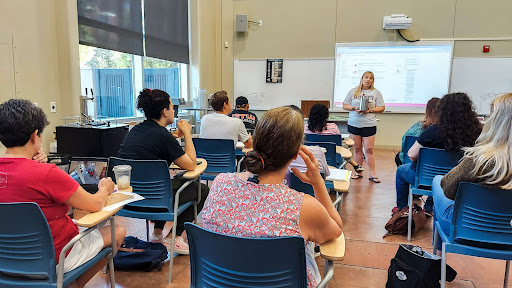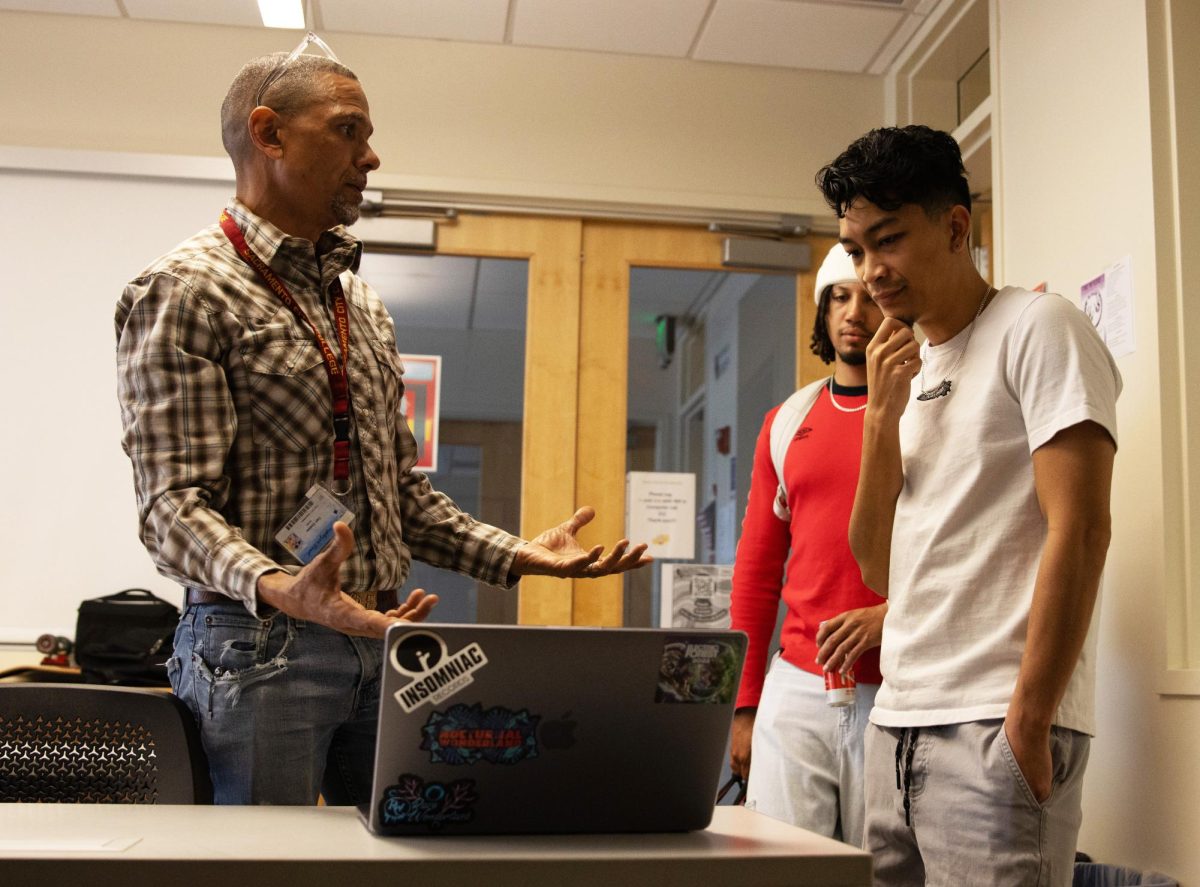Maxfield Morris / Editor-in-Chief / mmorris.express@gmail.com
An inquisitive, bushy-tailed squirrel frolicked on the lawn outside Lillard Hall.
Carefree and utterly focused on its task of burying acorns, the creature ambled through the green blades of grass, exploring a miniature forest floor.
Unfortunately for the intrepid, rodent adventurer, a red-shouldered hawk noticed him. Swooping in, the bird of prey killed the squirrel and soared across the street to Land Park, set to enjoy its meal.
That’s just part of life for a City College squirrel. These creatures are a feature of the campus, and everyone seems to have a story about them. As it turns out, though, the squirrels have their own story to tell.
The excitable species we have on campus is known as the eastern fox squirrel. As its name implies, the squirrel is not originally native to the West. Its original habitat covers most of the Eastern United States, and the farthest west it lived was along the prairie from Texas to North Dakota.
So how and why did they end up here? City College biology professor David Wyatt has an answer.
“There were no park squirrels,” Wyatt says of the early days of Sacramento. “Our squirrels, Douglas squirrels, they don’t like being around people.”
But people liked being around squirrels, so they brought some to the West Coast and established populations. Sources say eastern fox squirrels were introduced to Los Angeles in 1904 by veterans at a hospital. In the early 1900s, they were introduced to Seattle. One article even claims they were specially brought to U.C. Berkeley campus in 1926. Wyatt is fairly confident about the origin of Sacramento’s squirrels.
“I’m pretty sure it was Luther Burbank. He introduced a lot in the 1890s,” Wyatt says of the famed 19th-century horticulturist who inspired the name of the local high school on Florin Road. “Mostly plants — he was a botanist — but he did bring in some animals as well.”
Based on those numbers, Wyatt believes that the squirrels first came to Sacramento at around the time City College first opened its doors in 1916. As they reach reproductive maturity at 1 year old, eastern fox squirrels could easily have lived in Sacramento for 100 generations.
There’s another college-dwelling mammal that used to be seen on campus — the western gray squirrel.
City College reading professor Linda Myers recollects fondly seeing those shiny, gray squirrels around campus 30 years ago.
“They were really beautiful, elegant animals,” Myers says. “Not like these little brown ones.”
Myers speculates that fox squirrels have something to do with the native, gray squirrels’ rarity.
“It seems to me that they were native, and something has pushed them out,” she says. “All kinds of species are introduced that push native species out.”
Myers doesn’t hate the brown fox squirrels, though. She generally appreciates their presence, even though one of them walked right over her legs when she was eating lunch on the lawn across from City College in Land Park.
This type of squirrel story is very common — it’s difficult to find someone on campus who doesn’t have something to say about the rodents, and that’s because they constantly interact with humans.
City College biology professor Alexis Ackerman shared some insight into the squirrel-human relationship
“These squirrels pretty quickly learn that having people around means food,” Ackerman says of City College’s population. “The more you’re tolerant of people and going up to people, the more food you’re going to get, and that’s operant conditioning. It’s a form of learning where you’re rewarded for your behavior, and so you tend to repeat that behavior.”
Ackerman doesn’t see too much wrong with having the squirrels on campus. Her students enjoy seeing the critters around, and they’re interesting to watch.
“I wouldn’t encourage people to go out, catch a squirrel and get bitten by it,” Ackerman says with a laugh. “But I don’t think there’s anything bad about having them around.”
Many students agree, including social work major Jesenia Hernandez, even though she had a close encounter with a squirrel on campus.
“One time, one of them tried to open my bag,” Hernandez says, though she doesn’t hold a grudge, adding that she once fed a squirrel unsalted peanuts.
Geology major Lauren Bennett is also keenly aware of the animals’ presence, constantly seeing them approaching students, accosting them for food.
“The ones getting close, it’s like, ‘What’s up, little squirrel?’” says Bennett. “And then they go away.”
Graphic design major Garrett Rucker pictures squirrels when he thinks about the college.
“It’s something I associate with this place, actually,” Rucker says. “They’re really comfortable around people, because people want to feed them … I wouldn’t feed them Pop-Tarts or anything like that, or Hot Cheetos.”
Wyatt has an interest in the squirrels, as well as a sense of fondness. He was the one who happened to be outside to witness the hawk’s squirrel attack, and he sees them perform impressive acrobatic feats to get red fruits on the ends of branches outside his office window.
“They’re sort of relaxing, and they’re doing their own thing,” Wyatt says. “It’s fun watching their interactions, because this time of year, a little bit earlier this fall, the moms were kicking the young kids out of their areas, so they’ll go chasing them off, and it’s just fun watching the dynamics develop.”
By Wyatt’s estimation, there are about three dozen squirrels that call the campus their home, and it’s clear that City College wouldn’t feel like a home without them.


